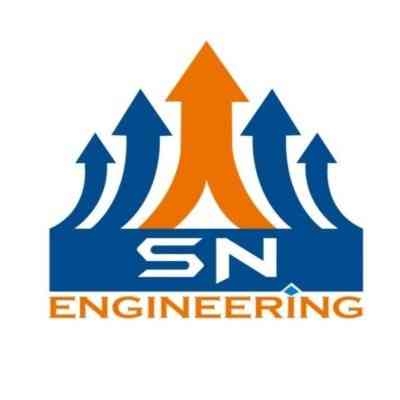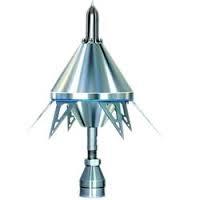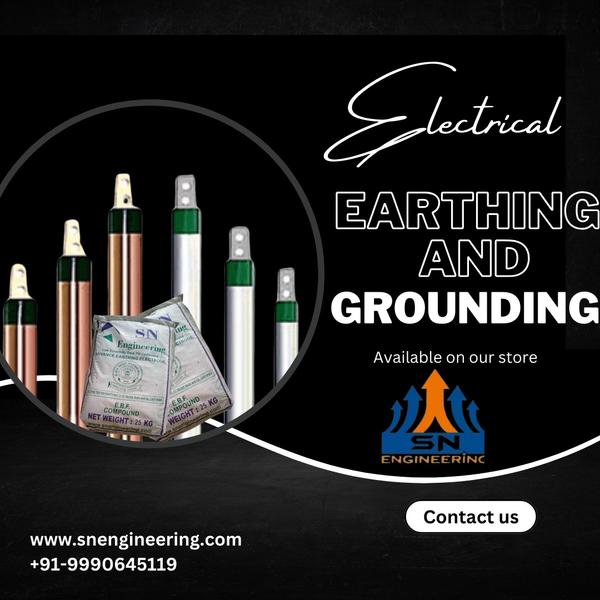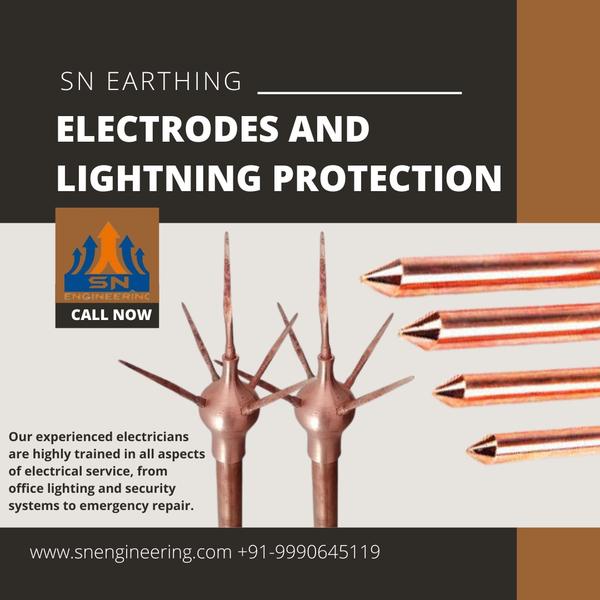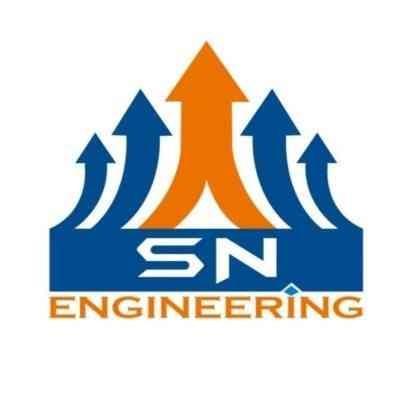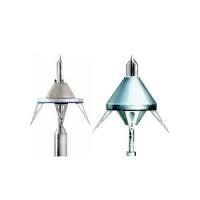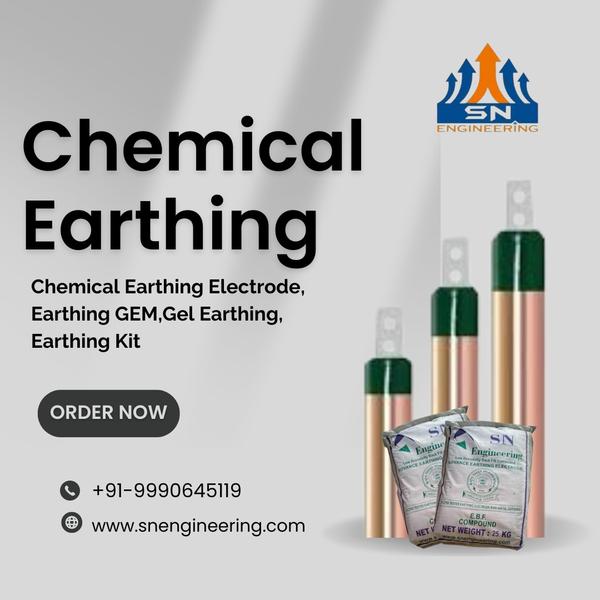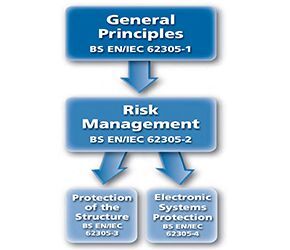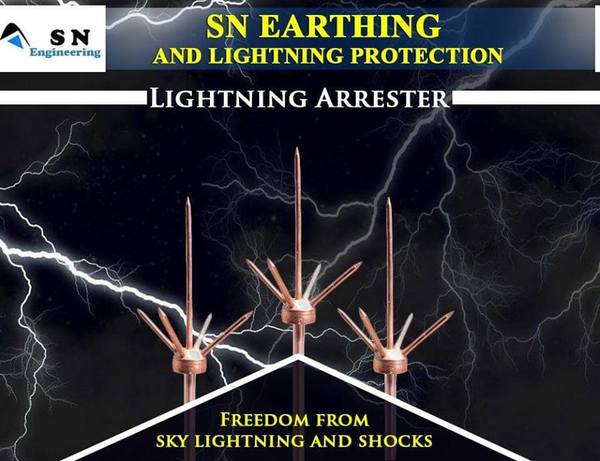LIghtningProtection
During thunderstorms too, high volume of energy is instantaneously released which is more common in nature. The most important aspect of understanding in lightning protection is that – not only a direct lightning strike act as a potential threat to the structure but also more frequently, electronic equipment are damaged by surges caused by remote lightning discharges (caused because of Lightning Electromagnetic Impulses or LEMPs) or switching operations in larger electrical systems. The international standard for Lightning Protection referred as IEC 62305 – ‘Protection against Lightning’, (which is also accepted by many countries as national standard) especially adopted by Bureau of Indian standard as IS IEC 62305, in one of its part explains the need of planning, erection, testing and maintenance of lightning protection systems for building structures without any height limit. The same is also implemented in new National Building Code – 2016, Part -8, Section 2 which also clearly defines the need of the measures to be taken care for planning, erection, testing and maintenance of lightning protection system. A proper lightning protection system (consisting of air terminal, down conductor, earthing) design is very important to ensure increased protection of a building against lightning and its effects. Systems followed in most of the buildings now are unfortunately not meeting the basic or statutory requirements. Since only a mere vertical air terminal will not solve the purpose for protection of building unless the entire building is sufficiently protected either with:
• Angle of protection method
• Mesh conductor method or
• Calculated as per rolling sphere method.
Effective lightning protection measures
Proper measures are to be taken care of while designing, procuring and installing of lighting protection components for handling a strike and dissipation of current without any dangerous spark overs. For buildings are surrounded by trees, or a taller metallic tower the protection measures should include not only lightning protection but also required ring earthing around the building and Surge protection for the equipment since the fatality due to lighting could be more disastrous for an equipment than a structural damage. Periodic maintenance, monitoring and certification should be made mandatory for the effective functioning of the protective devices installed. For protection of electrical, wiring, electrical and electronic equipment, installation of Surge Protection Devices should be adopted.
Lightning protection is often a challenge for the building designer when it comes to aesthetics of the building. Routing of down conductors through outer wall generally spoil the aesthetics of the building, due to which the down conductors are often routed through shafts, un-accessible areas, non-visible places etc. These down conductor increases the chance of fire and explosion in case of lightning. As a statutory requirement Lightning Protection is implemented in most of the buildings, but unfortunately in an inefficient way. Lightning flashes to, or nearby, structures (or lines connected to the structures) are hazardous to people, to the structures themselves, their contents and installations need to be considered for protection measures.
An effective lightning protection is achieved only if the following points are adhered viz.,
» Type of protection
» Level of protection based on risk assessment
» Technically qualified product as per latest and relevant IEC standards
» Sizes and dimensions of components
» Location of air terminal and coverage
» Conductor routing and connections
» Sufficient and required earthing provisions
» Proper utilisation natural components as down conductor if applicable.
Design guidelines
The following design guidelines need to be adhered to ensure safer installation of the external LPS.
» A down-conductor should be installed at each exposed corner of the structure where this is possible.
» The down-conductors should form a direct continuation of the air-termination conductors
» Straight and vertical so that they provide the shortest and most direct path to earth
» The formation of loops in bring the down conductor shall be avoided, but where this is not possible the distance ‘s’ shall be maintained.
» Connection of down conductors to gutters or down-spouts even if they are covered by insulating materials.
» Usage of multiple connection with different materials should not be permitted.
» Insufficient conductor dimensions (non-complying material as mentioned in IEC 62305-3 Table – 5) should be strictly avoided.
» When the distance from down conductors to combustible materials cannot be assured, the cross section of the down conductor shall not be less than 100 sq.mm.
» The electrical insulation between the air-termination or down-conductors and the structural metal parts, the metal installations and the internal systems can be achieved by providing a distance ‘d’ between the parts greater than the separation distance ‘s’.
‘S’ = (Ki) x {Kc/Km} x L
Where:
Ki -depends on the selected class of LPS
Kc – depends on the lightning current flowing on the down conductors
Km – depends on the electrical insulation material
L – length in meters along the air-termination or down-conductor, from the point where the separation distance is to be considered, to the nearest EPB point.
Depending upon the nature of LPS system and area to be protected the number of air termination will be decided. The maximum distance of any point on the roof from the nearest horizontal protective conductor shall be decided as per nature of LPS system and the level of protection. Horizontal conductors in form of a mesh conductor. The mesh spacing of the horizontal conductor should depend on the class of LPS as per tabulation of IEC 62305 Part 3 for mesh spacing.
Conclusion
The most neglected part in many structures or buildings are protection against lightning. Since the post impact of lightning is too severe and disastrous care should be given at every level to ensure lightning protection is not provided for seeking statutory approvals. The installation should not be a vendor driven and only based on regulations as insisted by national or international standards and code. All maintenance procedures shall be scheduled and carried out meeting the standard requirements in periodic intervals. Last but not the least, human safety from lightning will only be possible by creating awareness, use of warning signage boards in required location and not by any protective devices.
References
[1] IEC 62305 – 2: International Electro technical Commission standard: Protection against Lightning: Part -2 Risk Assessment.
[2] IEC 62305 – 3: International Electrotechnical Commission standard: Protection against Lightning: Part -3 Physical Damage to Structure and Life hazard.
[3] IEC 62305 – 4: International Electrotechnical Commission standard: Protection against Lightning: Part -2 Electrical & Electronic System within the structure.
[4] IEC 62561 part 1 – 7: Lightning Protection System Components (all parts).
[5] NBC 2016: National Building Code of India: Part 8 Building Services, Section 2 Electrical Installations.
About the author:
Dr. K. Janakiraman is an eminent speaker in the field of Lightning protection, Earthing and Surge Protection Techniques for the past 13 years. The author is also a representing member in CED46 committee for Electrical Installations of National Building Code, India.
Send
Message
